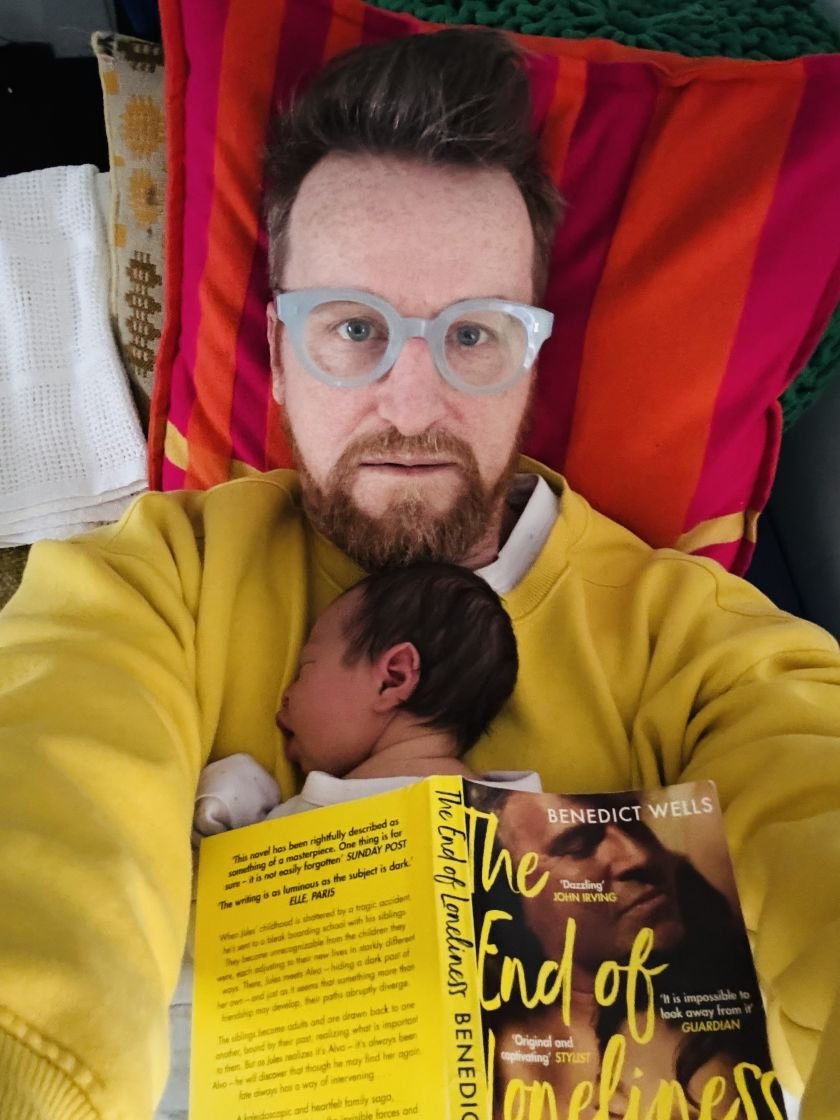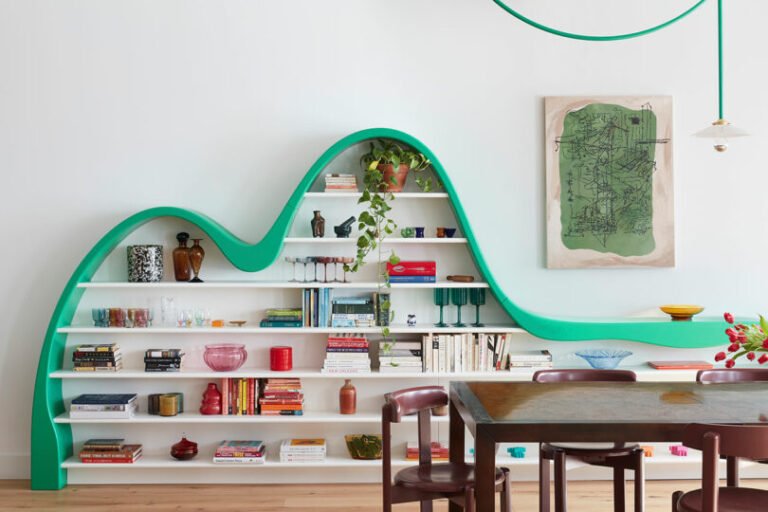

In an unmissable and emotional session for members of The Studio, Google’s Andrew Thomas explained why belief, collaboration and respect are the secret ingredients for nurturing truly contagious creative ideas.
In an era where creatives online are seeking depth over noise, Creative Boom’s private network, The Studio, stands out as a sanctuary for meaningful exchange. Here, insights are delivered directly from the trailblazers shaping our field. People like Andrew Thomas, creative head of Google Retail Design in EMEA, who discussed his career journey and philosophy with members earlier this year.
This was an intimate, inspiring conversation about how we foster creativity, shape beliefs, and cultivate conceptual thinking. If you missed it, here’s a brief taste of what made this session so memorable.
From Kylie to Google: A creative journey
Andrew Thomas’s story is one of evolution and resilience. After moving from Wales to London in 1998, he began in fashion and retail, collaborating with visionaries like Chris Levine and Hussein Chalayan. His early work spanned fashion press, global perfume launches, garment design, and even album covers for Kylie.
He went on to found New Visual Media, delivering commercial creative work for global travel retail, before moving into integrated marketing. His agency roster reads like a who’s who of the industry: Iris, The Marketing Store, KLP EURO RSCG, Rivet, Live & Breathe, Fold7, and Cheil, with campaigns for Nokia, Pepsi, Smirnoff, Nike, BMW, Samsung, XBOX, Hugo Boss and others.
Later, as creative manager at Pentland, he oversaw brands like Berghaus and Canterbury. Now at Google, Andrew leads retail design strategy across EMEA, focusing on architectural and experiential design that brings the magic of Google’s products to life.
The power of belief in creative work
Andrew’s session for The Studio was a deep dive into the nature of belief and its role in creative ideation. Drawing from his own experiences—both personal and professional—he explored how belief is not static but fluid, shaped by feedback, collaboration and challenge.
Belief is personal
Andrew spoke candidly about how early doubts and negative feedback (“You will amount to nothing, Thomas”) became fuel for his creative fire and encouraged creatives to embrace self-expression and individuality.
“Belief is something deeply personal,” he pointed out. “It’s shaped by all those voices—teachers, parents, even your own doubts—telling you what you can’t do. But in the end, it’s your own self-expression, your edge, your way of seeing the world that people want. Never lose that, no matter how big the company or how established the system is.”
Ideas need allies
The magic, Andrew argued, happens when ideas are shared, challenged and iterated upon. He described the importance of finding allies—colleagues, clients, or even friends—who can constructively interrogate and strengthen an idea.
“The best ideas aren’t made in isolation,” he notes. “I always try to surround myself with people who can make my ideas better. When you share your idea, you’re not just asking for approval—you’re letting others help it grow, evolve, and become something even stronger. Don’t be afraid to let your idea out into the world; that’s when the magic happens.”
Collaboration and diversity
True innovation, he said, thrives on diverse perspectives. Andrew urged creatives to seek feedback from people outside their usual circles, including those who might be closer to the target audience. “If you only collaborate with people who think like you, you’ll never get those fresh perspectives that make an idea really sing,” he argued.
“Sometimes the best feedback comes from someone who isn’t a creative at all—maybe even your neighbour or a friend who’s part of your target audience. That diversity of thought is what pushes ideas further.”
Contagious creativity
When belief in an idea is authentic, it becomes contagious. As more people buy in, the idea gains momentum, becoming “an epidemic” in the best possible sense.
“You know an idea is working when it starts to feel contagious—when people start talking about it, adding their own spin, and it takes on a life of its own,” he explained. “Authentic belief is infectious. If you believe in what you’re doing, others will catch that energy and want to be part of it.”
Respecting ideas
A key theme of the talk was the need to respect both ideas and the people who create them. Andrew likened ideas to people: “Treat ideas like people—you need to respect them,” he urged. He cautioned against dismissive feedback (“hate has no place in the creative process”) and advocated for responses grounded in data, research, and empathy.
“Every idea comes from somewhere personal,” he said. “When you dismiss an idea without thought, you’re dismissing the person behind it. I always say: treat ideas with care, listen before you judge, and remember that feedback should be about making things better, not tearing them down. There’s no room for hate—only for building each other up.”
Overcoming doubt and the sunk cost fallacy
In the Q&A after that, Andrew addressed the challenge of the sunk cost fallacy—that when you’ve invested so much in an idea or project, it’s hard to let go, even if it’s not working.
His advice: find common ground, look for that nucleus of the idea that still has value, and don’t be afraid to move on or adapt.
He also shared a deeply personal story about overcoming adversity. Diagnosed with a severe condition as a teenager, he was told he’d be in a wheelchair by 30. It was a doctor’s belief in his potential for recovery that sparked his own belief. And this is a lesson he now applies to creative work: “When you believe, it’s amazing what you can do,” he enthused.
Final thoughts
Overall, Andrew’s session was a masterclass in humility, resilience and the power of belief. For members of The Studio, it was a reminder that creativity is not just about ideas but about the courage to share them, the openness to challenge them, and the belief that—together—they can become something extraordinary.
If you weren’t able to join us live, we hope this summary offers a glimpse into the wisdom and warmth Andrew brought to The Studio. Why not join up yourself (it’s free), and then you can not only watch along further sessions live but also get to ask your own questions of today’s creative leaders?





